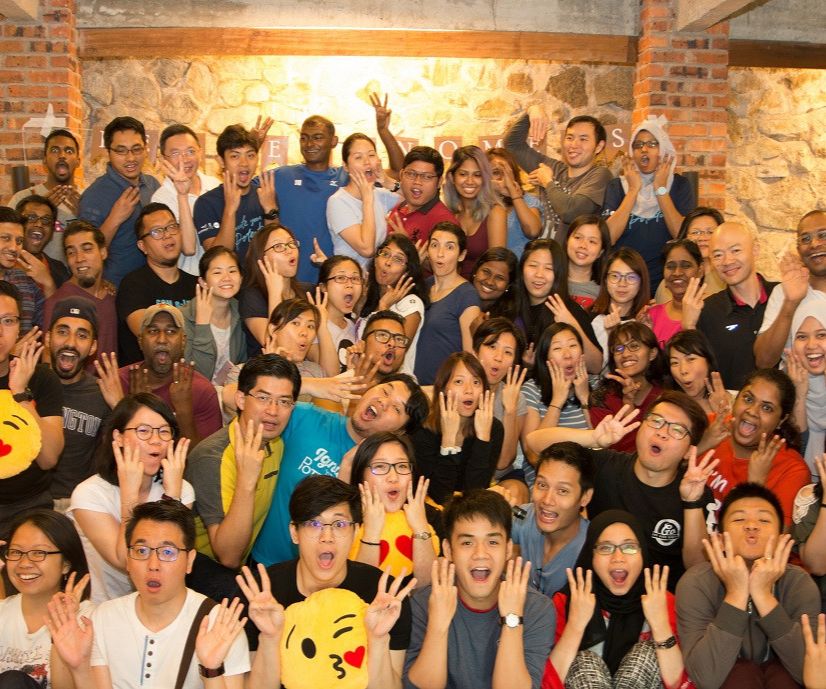7 Secrets to Solving the Work-Life Balance Conundrum

You struggle with work-life balance. I know you do because just about everyone does.
For entrepreneurs, but also for everyone else, it seems impossible to get everything we would like done in the space of 24 hours.
It can be deeply frustrating – unless we change how we think about work-life balance.
In the town in which my husband Bill and I live, there’s an event every Thursday evening in a wonderful local eatery called The Hungry Pelican.
It’s nominally an open mic night, but in fact it’s a big happy music jam party attended by most of our friends, whether they’re musicians or not.
I often work in the evenings, so sometimes I go to the party, sometimes I skip it, and sometimes I go for a little while and then head home to work.
One such evening, as I was about to leave, an unusually blunt friend told me: “You’re going to be dead someday. And all you’ll have done is work.”
I think a lot about work-life balance, mostly because it often seems to be missing in my life, so his comment stuck with me.
A while back, I wrote a column from an interview I conducted with executive coach and best-selling author Wendy Capland. As a follow-up, we decided she would coach me and that I would write about it.
At my first coaching session, when she asked me what I hoped to accomplish, better work-life balance was high on my list.
We talked it through for a while, and some lessons emerged:
1) You’re not alone
“I’ve coached thousands of people and work-life balance is on everybody’s list,” Capland said. Maybe a change of terminology can help.
“Now they call it work-life integration,” she added.
“I laugh at that – but in some ways it really is less about balance and more about having an integrated life.”
2) It’s a seesaw
“There are very rare moments when a seesaw is balanced,” Capland told me.
“Either one side is up and the other side is down or you’re flowing up or down.”
In other words, work-life balance is cyclical. “There are periods when we all have to work our asses off.
“We have a commitment, we have a deadline. For a period of time, we choose to do that for all the right reasons.
“Then there are times when it’s done or it’s not such a heavy push period when we can integrate more of our personal life into our day. It’s about feeling satisfied with where you are at the moment.”
That made a lot of sense to me. There have been times in my life when I spent much less time working, though I had the low income to show for it.
There were other times when I’ve taken an entire month off so Bill and I could go on vacation.
Moving house recently required substantially reducing my work schedule for almost three months while we packed, prepared our house for rental, and made the long trek from coast to coast.
Work may be dominating my time at the moment, but it hasn’t always been this way, and it won’t always be.
3) It’s about finding happiness
The question of what makes you happy brings another element into the whole work-life equation, or at least it does for me.
Most of the time, I enjoy my work. Spending many hours working may not seem like a sacrifice if you feel like the work you do is fun, or meaningful, or both.
And if you don’t feel that way, then it might be time to consider making a change.
4) It’s about values
How you spend your time should be about making yourself happy, but also about what you consider important. We have a friend who spends most of her time caring for her elderly mother.
She’s not really happy about it – she would rather be more focused on her career – but no one else in the family is available.
When people step up in this way to care for a family member in need, or do work that makes the world better or support a cause they believe in, they’re making a choice that reflects their values.
Whether those choices tip you toward the work or the life side of the equation, the way you spend your time should sync up with what you consider valuable, at least most of the time.
If the two don’t match, consider making a change.
5) Don’t sacrifice your relationships
A couple of years ago, my husband told me that I had to make some time to talk with him every day.
The request brought me up short, and it led to some changes in my work schedule. Things are better now but I’m still working longer hours than he’d prefer, so I mentioned his comment to Capland.
Her response surprised me. She told me how her husband, who’d been a stay-at-home-father until the children had left for college, decided to go back to work.
She was all for it, until she discovered that his new real estate job was pretty much a 24/7 commitment.
“We had a hard time,” she says now.
“You have to renegotiate. What your husband said means: ‘I miss you and I want to be with you’.
“It would be a mistake to ignore it unless you don’t care about your marriage.” Point taken.
6) It’s always a work in progress
Just as the seesaw is always moving, finding work-life balance – or integration – is never a done deal.
It’s a constant flux where work sometimes takes over your life, and life sometimes takes you away from work.
When things go wrong on either side of the equation, it’s important to address them or they will bleed over.
As Capland pointed out, you take yourself wherever you go, so if things are all wrong at home, that will affect you on the job, even if it doesn’t actually prevent you from working.
If you’re miserable at work, that will equally affect your home life.
7) Watch for the warning signs
If work-life integration is a constantly moving target, I asked Capland, are there warning signs that can tell you when you’ve tipped too far for too long toward the work side of the equation?
“You’re sick, you’re stressed, you can’t sleep, or you’re cranky,” she answered. If that starts happening, it’s time to take action.
“Take a vacation, or at least a day off. Have a massage or have a bubble bath.”
Sounds like very good advice to me.
Reposted with permission.Functional
Tags: Worldview





